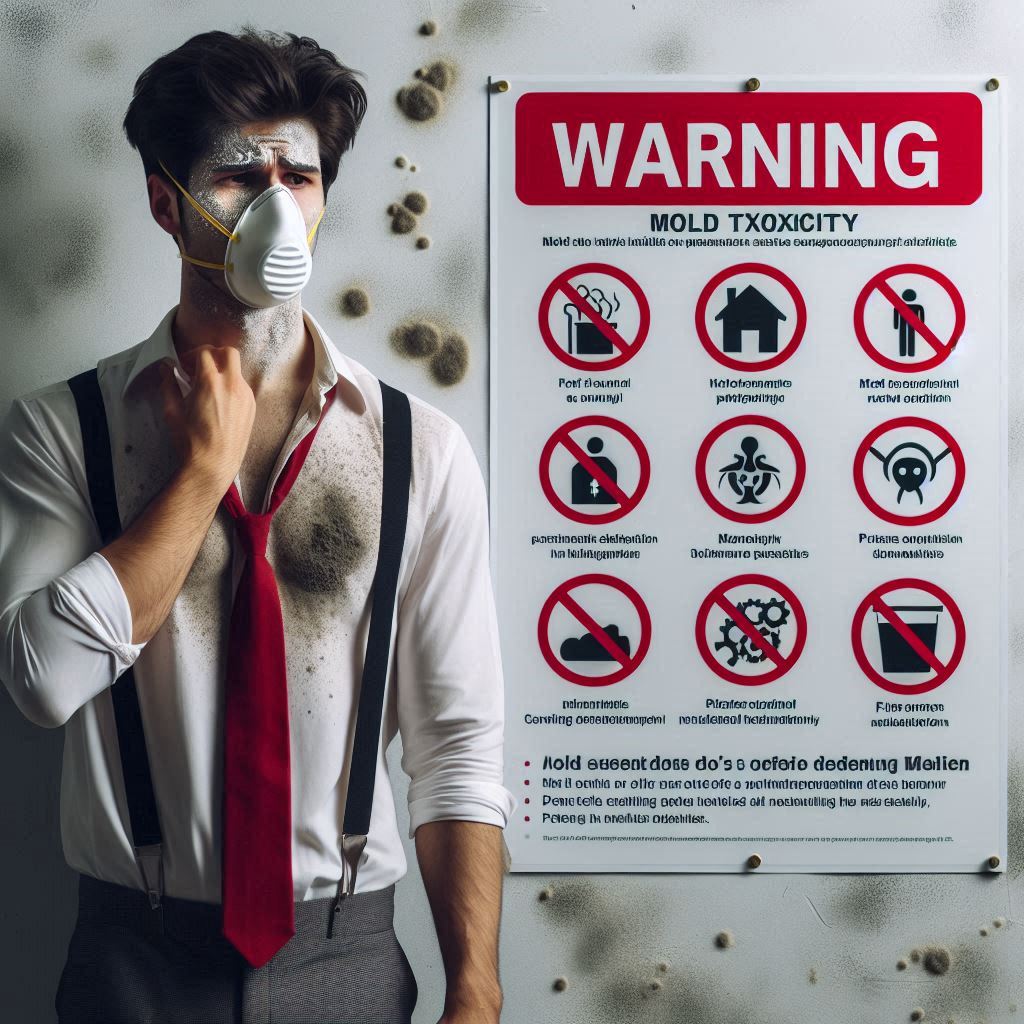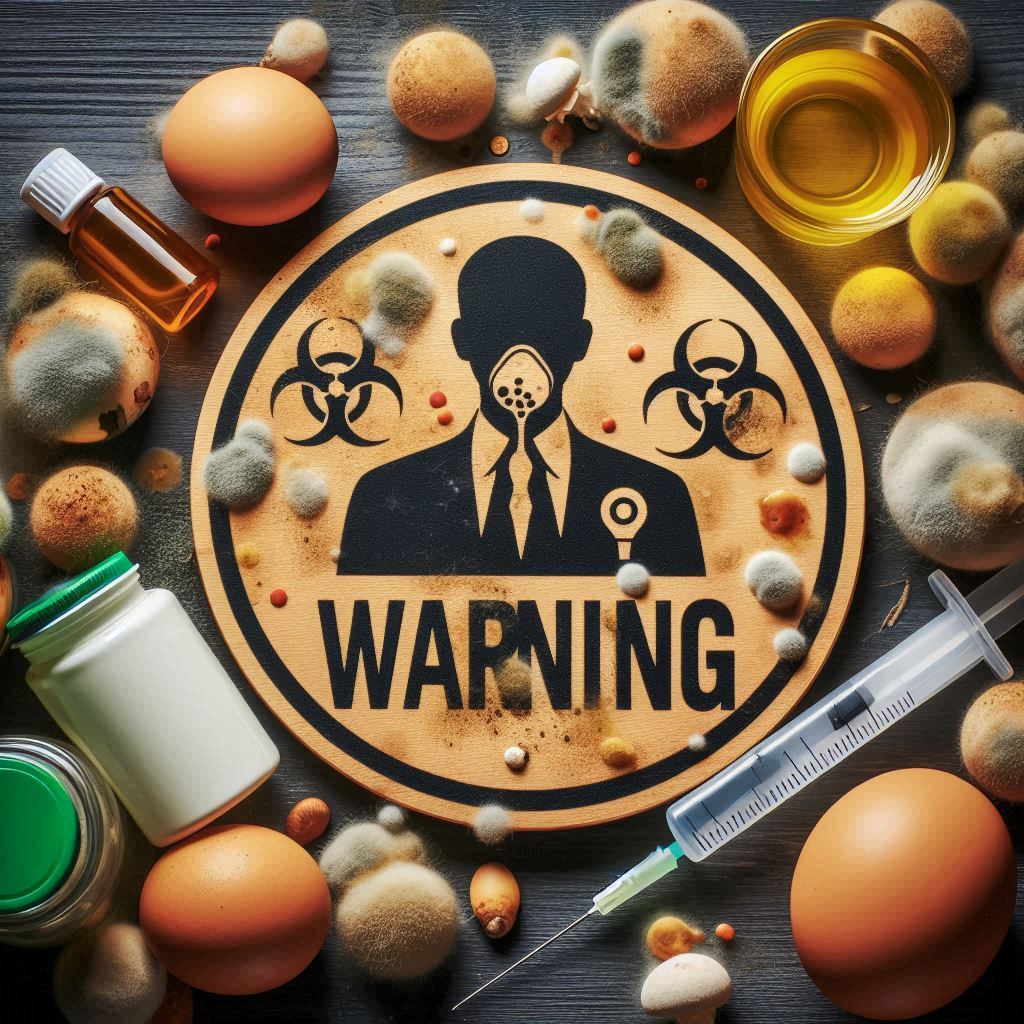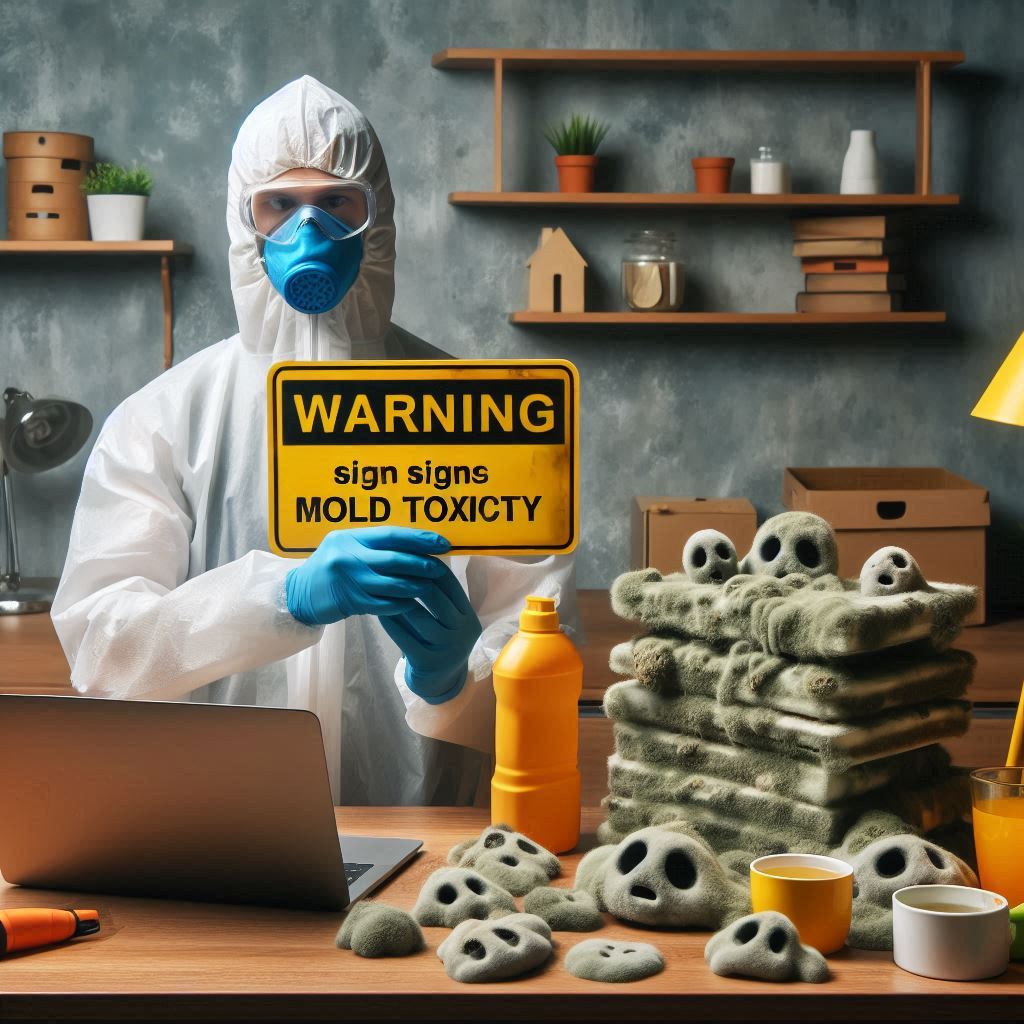Mold toxicity is a sneaky health threat that many people overlook. Whether it’s in your home, workplace, or even outdoors, mold can be lurking in unexpected places, causing a host of health issues. Recognizing the signs of mold toxicity is crucial for taking the right steps to protect yourself and your loved ones. Let’s dive into what mold toxicity is and why it’s so important to be aware of the warning signs.
10 Warning Signs of Mold Toxicity

Chronic Respiratory Issues
One of the most common signs of mold toxicity is persistent respiratory problems. This can include chronic coughing, wheezing, and shortness of breath, which can be mistaken for asthma or other respiratory conditions.
Persistent Headaches
Frequent, unexplained headaches can be a sign of mold exposure. These headaches may be accompanied by other neurological symptoms like dizziness and difficulty concentrating.
Unexplained Fatigue
Feeling constantly tired despite getting enough sleep can be a red flag. Mold exposure can sap your energy and leave you feeling exhausted without any apparent reason.
Cognitive Difficulties
Mold toxicity can impact brain function, leading to memory problems, difficulty concentrating, and mental fog. These symptoms can significantly affect daily life and productivity.
Skin Irritations
Rashes, hives, and other skin irritations can occur with mold exposure. These reactions can be itchy, painful, and slow to heal.
Sinus Problems
Chronic sinus infections, nasal congestion, and sneezing can all be signs of mold toxicity. These symptoms are often mistaken for allergies or common colds.
Digestive Issues
Mold toxicity can also affect the digestive system, causing symptoms like nausea, diarrhea, and abdominal pain. These issues can be mistaken for food allergies or intolerances.
Joint Pain
Unexplained joint pain and stiffness can be another symptom of mold toxicity. This can mimic conditions like arthritis, making it difficult to identify the root cause.
Mood Swings
Mood changes, including depression, anxiety, and irritability, can be linked to mold exposure. These psychological symptoms can be particularly challenging to connect to mold toxicity.
Unexplained Weight Changes
Sudden weight gain or loss without changes in diet or exercise can be a sign of mold toxicity. The body’s response to mycotoxins can affect metabolism and appetite.
Diagnosing 10 Warning Signs of Mold Toxicity

Medical Tests and Procedures
To diagnose mold toxicity, doctors may perform a series of tests, including blood tests, urine tests, and skin prick tests. These tests can help identify the presence of mold-related antibodies and mycotoxins in the body.
Home Mold Testing Kits
Home testing kits are available for those who suspect mold in their living environment. These kits can help detect mold spores and mycotoxins, providing valuable information for further medical or professional intervention.
Treatment Options for Mold Toxicity
Medical Treatments
Prescription Medications
Doctors may prescribe medications to manage symptoms and help the body detoxify from mycotoxins. This can include antihistamines, decongestants, and antifungal medications.
Natural Remedies
Natural remedies such as activated charcoal, probiotics, and essential oils can also support the body’s detoxification process and alleviate symptoms.
Home Remediation
Professional Mold Removal
For significant mold infestations, professional mold removal services are recommended. These experts can thoroughly clean and treat affected areas to prevent future mold growth.
DIY Mold Removal
For minor mold issues, DIY removal methods can be effective. This includes using mold-killing solutions like vinegar, hydrogen peroxide, or specialized mold cleaners.
Preventing Mold Exposure

Maintaining Proper Ventilation
Ensuring good ventilation in high-moisture areas like bathrooms and kitchens can prevent mold growth. Installing exhaust fans and regularly opening windows can help reduce humidity levels.
Controlling Humidity Levels
Using dehumidifiers and air conditioners can help maintain optimal indoor humidity levels, typically between 30-50%. This prevents the conditions mold needs to thrive.
Regular Home Inspections
Conducting regular inspections of your home, especially in mold-prone areas, can help catch mold issues early. Addressing leaks, condensation, and water damage promptly is key.
Common Sources of Mold Exposure
Indoor Mold Growth
Mold thrives in damp, humid environments, and our homes can often provide the perfect breeding ground.
Bathrooms and Kitchens
These areas are particularly susceptible to mold growth due to the high moisture levels from showers, cooking, and dishwashing. Without proper ventilation, mold can quickly take hold in corners, grout lines, and under sinks.
Basements and Attics
Basements and attics are often neglected spaces with poor ventilation and insulation. These conditions create a perfect environment for mold to flourish, especially if there are leaks or condensation issues.
Outdoor Mold Exposure
Even outside, we’re not safe from mold.
Gardening and Yard Work
Decaying leaves, compost, and soil can harbor mold spores. When disturbed, these spores can become airborne and inhaled, leading to potential health problems.
Seasonal Allergies
Mold spores are a common trigger for seasonal allergies, particularly in the fall when leaves are falling and decomposing.
Conclusion
Recognizing the signs of mold toxicity is essential for early intervention and treatment. By understanding the sources and symptoms of mold exposure, you can take proactive steps to protect your health and well-being. Regular home maintenance, proper ventilation, and prompt medical attention can make a significant difference in preventing and addressing mold toxicity.
FAQs
Can mold toxicity be cured?
Yes, with proper treatment and remediation, most people can recover from mold toxicity. However, it is crucial to address both the mold exposure and the health symptoms simultaneously.
How long does it take to recover from mold toxicity?
Recovery time varies depending on the individual and the extent of exposure. It can take anywhere from a few weeks to several months to fully recover.
Are there long-term effects of mold exposure?
Prolonged mold exposure can lead to long-term health issues, especially if left untreated. This can include chronic respiratory problems, neurological issues, and weakened immune systems.
How can I test for mold in my home?
Home mold testing kits are available for detecting mold spores and mycotoxins. For more accurate results, consider hiring a professional mold inspector.
Can mold toxicity cause permanent damage?
In severe cases, mold toxicity can cause lasting health issues. Early detection and treatment are crucial to prevent permanent damage.









3 Comments
Pingback: What is Kingymab in Health Sector - Urban Vibe Mag
Pingback: Skinny Margarita Recipe: A Refreshing Low-Calorie Drink - Urban Vibe Mag
Pingback: Mold and Your Health: What You Need to Know – BizLinkBuilder